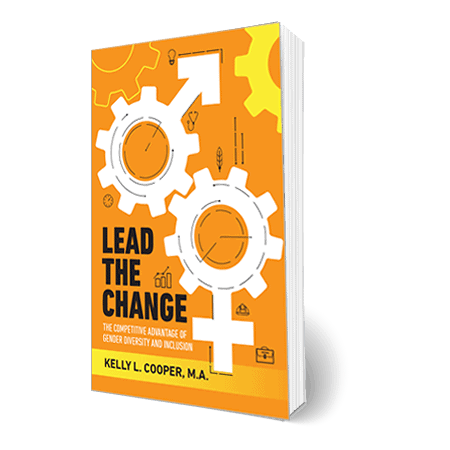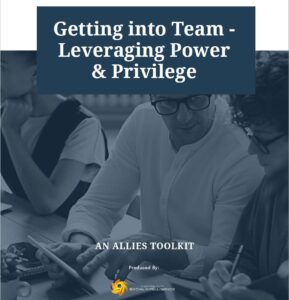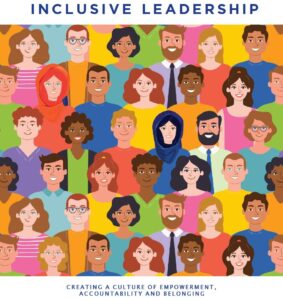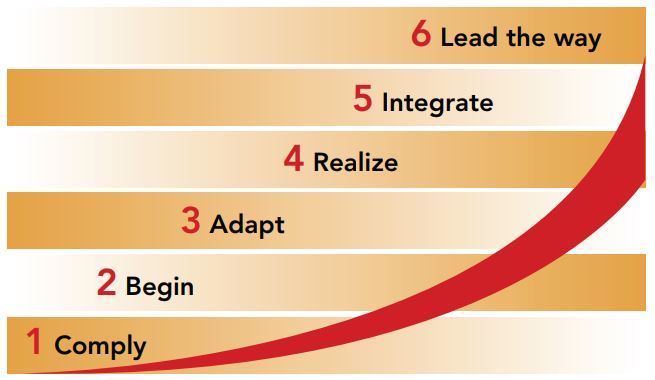Lead the Change Book
$18.99
It is time to change the paradigm on the gender diversity and inclusion conversation from a “women’s issue” to an everybody issue.
Lead the Change: The Competitive Advantage of Gender Diversity and Inclusion engages leaders on compelling reasons why to target gender equality as a business imperative and how to go about it effectively.
A clever and engaging read, this book will guide you on how to be the change, make the change—and leverage the change…into dollars.
Order your copy of Lead the Change today to receive an autographed copy!
It is time to change the paradigm on the gender diversity and inclusion conversation from a “women’s issue” to an everybody issue.
Lead the Change: The Competitive Advantage of Gender Diversity and Inclusion engages leaders on compelling reasons why to target gender equality as a business imperative and how to go about it effectively.
A clever and engaging read, this book will guide you on how to be the change, make the change—and leverage the change…into dollars.
Additional information
| Weight | 0.2 kg |
|---|---|
| Dimensions | 15.2 × 1.16 × 22.9 cm |
Only logged in customers who have purchased this product may leave a review.








Reviews
There are no reviews yet.